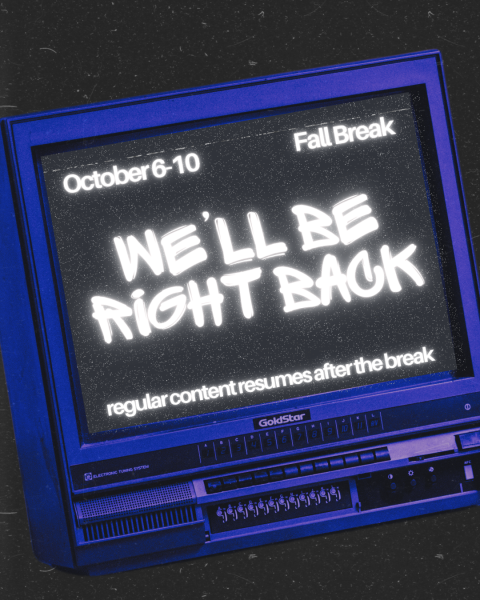Every 15 Minutes: Six Weeks Later
Rosslyn Halekakis has something special hung up in her office. An obituary of a student is posted right above her desk— only he’s not dead.
Her student, senior Joey Cane, participated as one of the “living dead” in last month’s Every 15 Minutes campaign to discourage high school students from driving while intoxicated. Halekakis was totally “out of the loop,” she says, about the two-day event. Since her physical education classes are primarily freshmen, she wasn’t able to watch either assembly and believed that Cane was actually killed in a car crash as it was read in his obituary.
“When I finally got to see him, I gave him a big hug and I cried.” After the campaign was over, Cane gave her his obituary.
Halekakis’ story is one of the many about how Every 15 Minutes continues to make an impression on and off campus.
Junior Gabby Wallace also felt the reality of the staged student deaths when a California Highway Patrol officer and a Grim Reaper walked into her English class that morning, announcing that close friend Corrina Rivera, another junior, had been killed in a drunk driving accident.
“I mean, I knew it was fake,” she said, “but it still got to me and I shed a couple tears.” Wallace said that the event succeeded in stressing its message. Wallace’s uncle was a victim of a drunk-driving accident, so she’s always regarded the issue with strong feelings, knowing that every 15 minutes someone dies in a drunk-driving accident, as the presentation taught.
The two-day event was just a simulation of a drunk-driving crash, but the statistics are real. Esther Bautista, a junior, was one of the hundreds of students watching who already knew knows just how serious intoxicated driving is. Dismayed by the fact that people still drink and drive, Bautista is glad that programs such as this one raise awareness to high school students.
For her, though, it was hard to watch. “I was trying to ignore it,” Bautista said. “I didn’t want to think about it because I would cry.” Her brother died in a car accident, so Bautista avoided looking at the crash scene. “If the driver hadn’t been drinking then that wouldn’t have happened.”
Leslei Lopez also has a family member who died in a drunk driving accident. The crash scene “traumatized” her, she said, and now doesn’t like driving with teenagers any more, “especially if they’re drinking.”
Car crashes are the leading cause of death in teens, with more than 3,000 teens each year making the mistake of getting in a car with someone intoxicated or taking the wheel themselves, according to T-Driver.com. Some are lucky to get out of the car safely, and few realize the danger they risked.
When he saw his mother walk up to the podium to read her goodbye letter to him, senior Christian Morgan couldn’t hold in the tears. More than once, he rode in a car where the driver was under the influence of drugs, and seeing his mother cry over his staged death convinced him to not take the chance again. “If something did happen,” Morgan said, “I’d be pretty disappointed in myself and feel bad for what I put my mom through.”
One time I was in a car when the driver was drunk and I was honestly scared,” senior Vanessa Rios said. That was three years ago. Now, Rios stops and thinks of what she’s doing. Whenever she does go out with friends, Rios said she tries to be the one that doesn’t drink in order to be in control of things so a fun outing doesn’t turn into a tragic accident.
Not all were impacted the same way. Senior Salvador Ramirez said that a lot of students don’t listen to this type of presentation and the length caused some to stop paying attention. “You’re not going to remember the Every 15 Minute thing, you’re going to be partying and having fun.” Whether teens are making good decisions or choose to take the message seriously, Ramirez says, depends on the person.
“It’s something to be taken seriously,” Lopez said. “Hopefully (students) take it as a lesson.”





